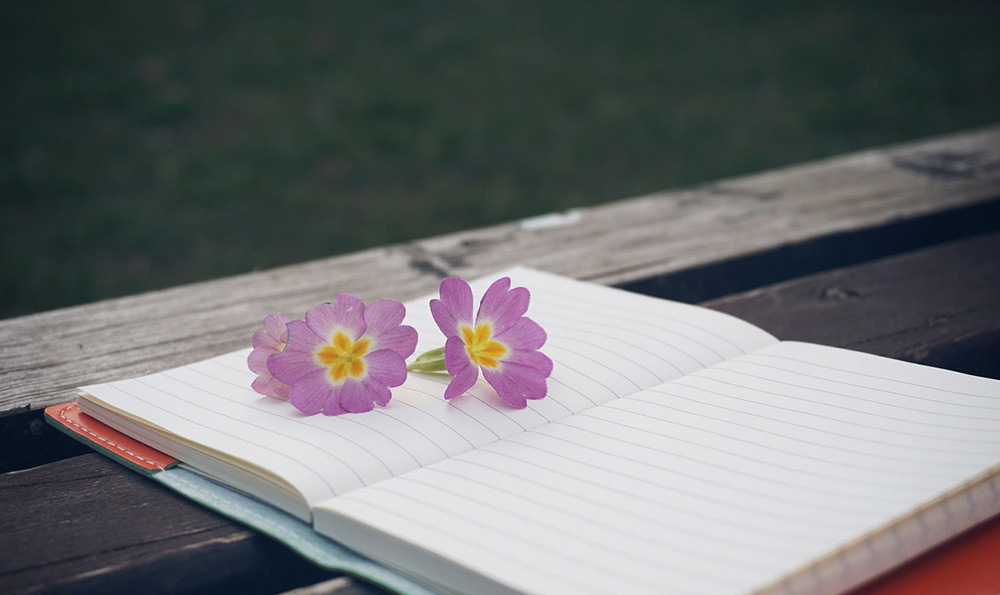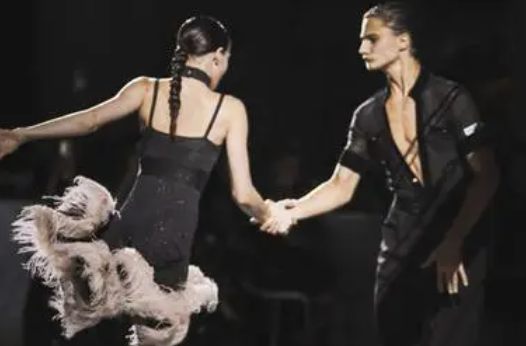介绍各民族舞蹈 介绍民族舞蹈的英语演讲稿初中
导读:Good morning/afternoon/evening, ladies and gentlemen! Today, I am here to present to you an interesting and informative speech on the topic, "Introducing Ethnic Dance". In this speech, I aim to provide you with a comprehensive overview of various ethnic d
Good morning/afternoon/evening, ladies and gentlemen! Today, I am here to present to you an interesting and informative speech on the topic, "Introducing Ethnic Dance". In this speech, I aim to provide you with a comprehensive overview of various ethnic dances and their significance. Let's dive into the rich and diverse world of ethnic dances together!
Structure of the Speech
To present a well-organized speech, I have divided the content into the following sections:
1. Introduction
2. Background of Ethnic Dances
3. Traditional Dances of Different Ethnic Groups
4. Cultural Significance of Ethnic Dances
5. Conclusion and Implications
Background of Ethnic Dances
Before delving into the specific dances, it is important to understand the concept of ethnic dances. Ethnic dances originate from various cultural communities, reflecting their traditions, customs, and values. These dances serve as a significant way to express a community's history, lifestyle, and emotions.
Traditional Dances of Different Ethnic Groups
Now, let's explore some captivating traditional dances from different ethnic groups around the world:
1. Chinese Dance: The elegant and graceful movements of Chinese dance, such as the "Lion Dance" and "Dragon Dance," are a spectacle to behold. These dances reflect the Chinese culture's emphasis on harmony, balance, and respect.
2. Indian Dance: India boasts a diverse range of dance forms, such as Bharatanatyam, Kathak, Odissi, and many more. Each dance form showcases different emotions, stories, and cultural practices, making Indian dance a vibrant and expressive art form.
3. African Dance: African dances are known for their energetic and rhythmic movements. From the vibrant dances of West Africa to the acrobatic dances of East Africa, each region has its unique style and cultural significance.
4. Flamenco: Originating from Spain, Flamenco dance is known for its intense footwork, passionate gestures, and soulful music. This dance form conveys a range of emotions, including love, pain, and joy.
Cultural Significance of Ethnic Dances
Ethnic dances hold immense cultural significance. They not only preserve a community's customs and traditions but also promote cultural exchange and understanding. These dances play a crucial role in passing down cultural heritage from one generation to another. Additionally, ethnic dances often serve as a medium to celebrate festivals, mark important milestones, or express collective experiences.
Conclusion and Implications
In conclusion, ethnic dances represent the soul and identity of a community. They reflect the rich cultural heritage and values of different ethnic groups worldwide. By appreciating and learning about these dances, we can foster a sense of inclusivity, respect, and appreciation for diverse cultures. Let us embrace the beauty and significance of ethnic dances, for they are a testament to the unity in diversity that exists in our world.
Thank you for your attention!
介绍民族舞蹈的英语演讲稿初中
Good morning/afternoon/evening, ladies and gentlemen. Thank you for giving me this opportunity to speak today. Today, I would like to introduce the fascinating world of ethnic dance. As we dive into the topic, we will explore its cultural significance, different types of ethnic dances, and the benefits it brings to individuals and communities.

Body:
I. The Cultural Significance of Ethnic Dance
A. Ethnic dance as a reflection of cultural identity
1. Dance as a medium of cultural expression
2. Preserving traditions and passing them on to future generations
B. Ethnic dance as a celebration of diversity
1. Showcasing unique cultural practices and customs
2. Promoting cross-cultural understanding and appreciation
II. Types of Ethnic Dances
A. Chinese ethnic dances
1. Lion dance: symbolizing courage and prosperity
2. Dai dance: showcasing the grace and beauty of the Dai people
3. Mongolian dance: representing the nomadic lifestyle of the Mongolian tribes
B. Indian ethnic dances
1. Bharatanatyam: the oldest classical dance form of India
2. Kathak: a storytelling dance form originating from North India
3. Bhangra: a lively and energetic folk dance from Punjab
C. African ethnic dances
1. Samba: a vibrant and rhythmic dance from Brazil influenced by African traditions
2. Zulu dance: showcasing the strength and unity of the Zulu people
III. The Benefits of Ethnic Dance
A. Physical benefits
1. Enhancing flexibility, strength, and coordination
2. Improving cardiovascular health
B. Cognitive benefits
1. Boosting memory and cognitive function
2. Enhancing multitasking skills and spatial awareness
C. Emotional and social benefits
1. Serving as a form of self-expression and stress relief
2. Fostering teamwork and cooperation
Conclusion:
In conclusion, ethnic dance is not only a beautiful art form but also an important cultural heritage that should be preserved and cherished. Through dance, we can celebrate diversity, bridge gaps between different cultures, and promote understanding and appreciation. So, let us embrace the power of ethnic dance and let it unite us as a global community.
Now I would like to leave you with a question: Have you ever experienced the joy and cultural richness that ethnic dance brings? If not, I encourage you to explore and participate in ethnic dance activities to truly appreciate its beauty and significance. Thank you for your attention.
主持人介绍民族舞蹈的台词
一、引言

大家好!今天我将为大家介绍一种令人惊叹的艺术形式——民族舞蹈。无论是舞者的优雅身姿还是舞蹈作品中所融入的文化元素,都能充分展现出民族舞蹈的独特魅力。在这篇文章中,我将带领大家深入了解民族舞蹈的魅力所在。
二、内容与结构
本文主要分为三个部分。我将介绍民族舞蹈的概念以及其在文化传承中的重要作用。我将用具体的例子展示不同民族舞蹈的风采,并解读其中所蕴含的深刻意义。我将总结民族舞蹈的独特魅力,并提出对舞蹈艺术发展的展望。
三、民族舞蹈的意义与作用
民族舞蹈是一种通过舞蹈形式传承和表达民族文化的艺术形式。它不仅仅是一种身体表达的手段,更是民族文化的重要组成部分。通过民族舞蹈,人们可以更好地了解和传承自己的文化,同时也为他人展示了自己民族独特的魅力。
四、多样化的民族舞蹈
在全球各地,不同的民族都有自己独特的舞蹈形式。中国的舞蹈有龙舞、舞带、藏舞等;非洲的舞蹈有扭臀舞、跳水牛舞等。每一种舞蹈都融入了当地文化的元素,承载着深厚的历史和情感。通过这些舞蹈,人们可以感受到不同民族的文化特点和风土人情。
五、民族舞蹈的深刻意义
民族舞蹈不仅仅是艺术形式,更是一种传递情感和价值观念的方式。通过舞蹈,人们可以表达爱国情怀、追求和平、赞扬美好等。中国的古典舞蹈《红旗颂》表达了对祖国的热爱和赞美;非洲的传统舞蹈《祈雨舞》则寄托了人们对自然力量的崇敬和依赖。
六、民族舞蹈的独特魅力
民族舞蹈的独特魅力源于它所展现的自然和生命力。舞者们通过动作的优雅和节奏的协调,将舞蹈的魅力传递给观众。舞蹈中融入的文化元素和情感表达也让人们沉浸感受到人类文化的多样性和共通性。
七、对舞蹈艺术的展望
民族舞蹈作为舞蹈艺术中重要的组成部分,将继续发展壮大。随着全球交流的增加,不同民族舞蹈的交融与融合将成为未来的发展趋势。借助科技手段,将民族舞蹈与现代舞蹈相结合,创造出更具创新性和吸引力的作品也是未来的发展方向。
八、总结与展望
民族舞蹈作为一种独特的艺术形式,不仅仅展示了各民族的风土人情和文化,更传递了人类共同的情感和价值观念。通过了解和欣赏民族舞蹈,我们可以更好地认识世界的多样性,促进不同民族之间的交流与和谐。让我们共同期待民族舞蹈在未来的演变中绽放出更加耀眼的光芒!
九、反问句增加共鸣与共识
难道你不觉得民族舞蹈的魅力令人陶醉吗?难道你不渴望通过舞蹈艺术更好地了解和传承文化吗?
十、设问句展现智慧与权威
我们如何才能更好地传承和发展民族舞蹈?不同民族舞蹈的交流与融合如何创造出更具创新性的作品?
十一、强调句展现个性与魅力
民族舞蹈的独特魅力不仅仅源于舞者的身姿,更来自于舞蹈所蕴含的深刻意义。
十二、质疑句呈现理性与公正
我们是否能够真正理解和欣赏各个民族舞蹈中的文化元素和情感表达?我们是否能够准确传达舞蹈作品的价值和意义?
结尾语:通过本文的介绍,相信大家对民族舞蹈有了更深入的了解。民族舞蹈作为一种独特的艺术形式,不仅能传承和展示民族文化,更能跨越国界,促进各民族之间的交流与和谐。让我们共同期待民族舞蹈在未来继续发展壮大,为世界文化多样性做出更大的贡献!

















